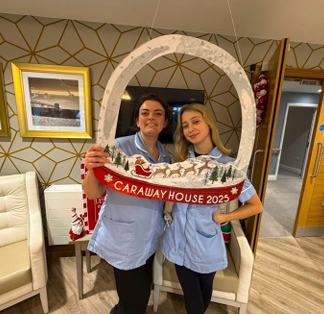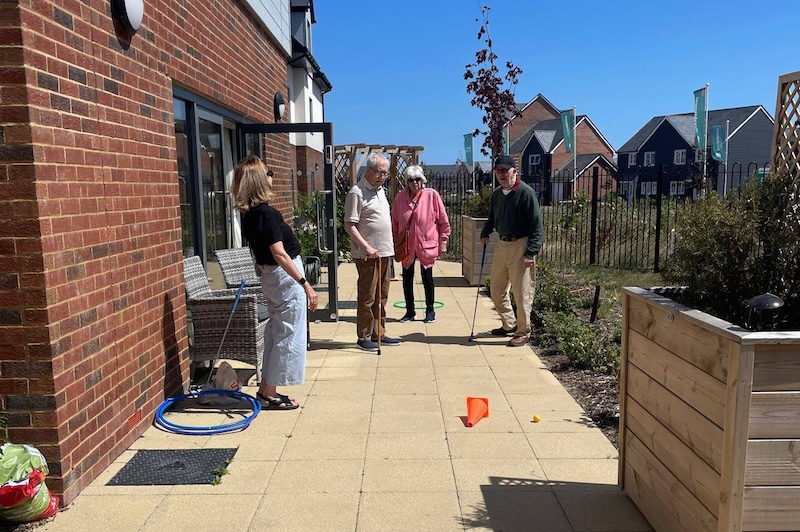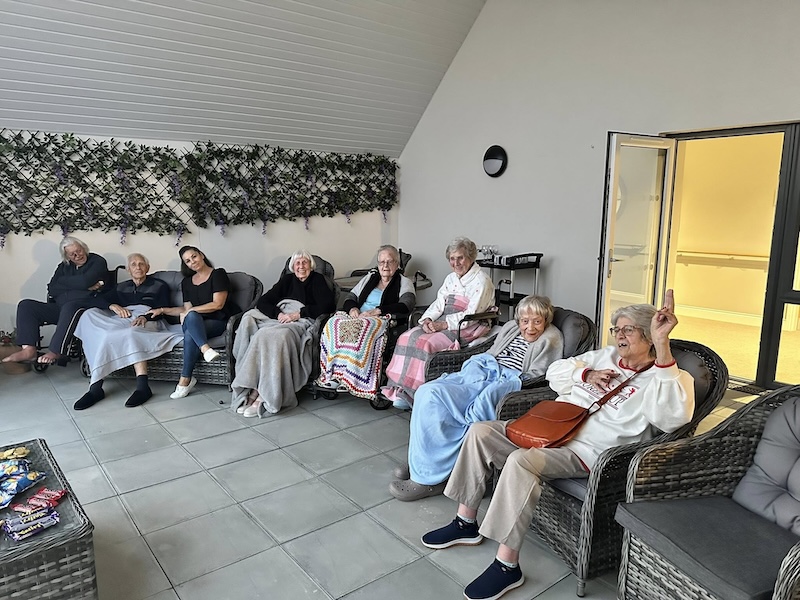How Digital Care Plans Can Support Residents in a Care Home
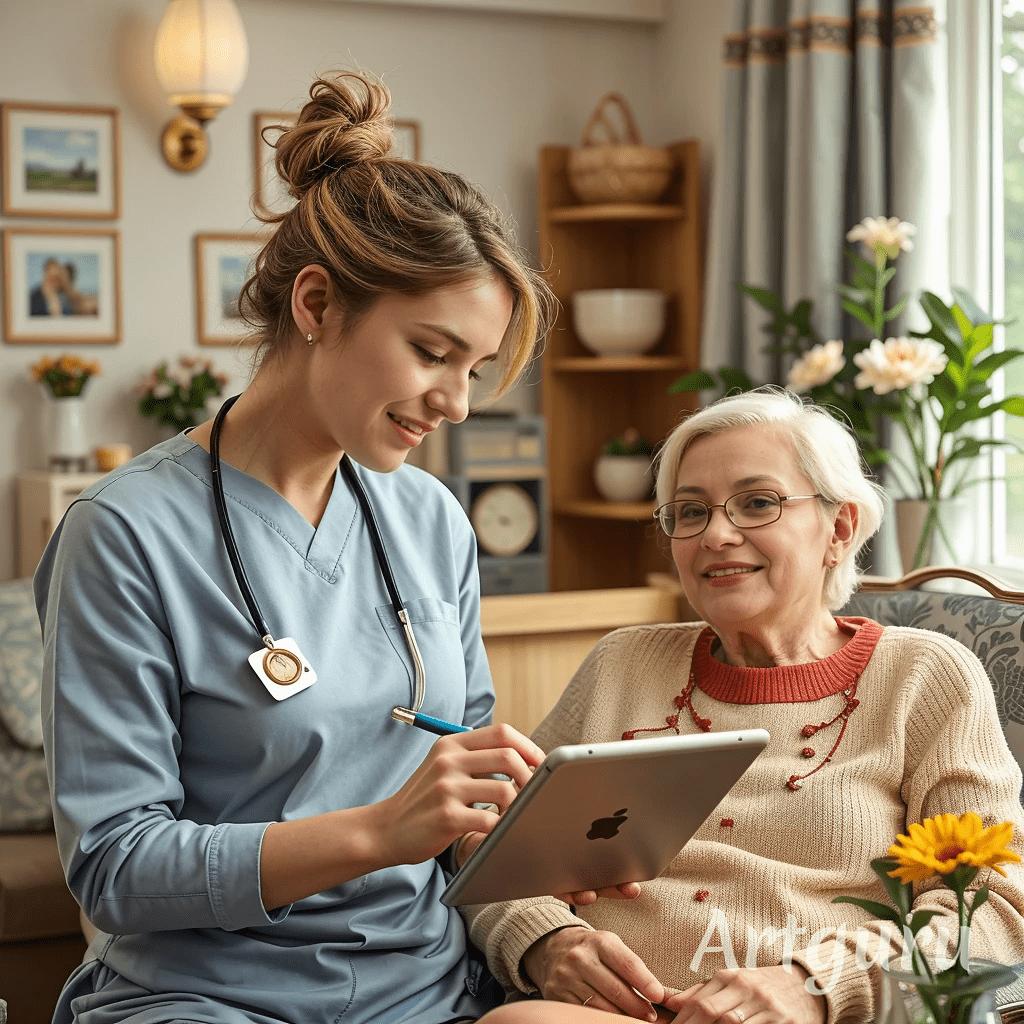
In recent years, the way care providers manage and deliver care has seen a significant shift. As digital care plans become more common across the care sector, many homes are increasingly replacing paper records with electronic systems that offer real-time, accessible, and accurate information. This transition isn’t simply about adopting new technology—it’s about improving the lives of care home residents, supporting staff, and helping care settings minimise risks.
At its core, digital care is about using the best tools available to provide high-quality care. In a care home, the ability to record, access and share important information quickly is vital. Whether it’s keeping track of someone’s changing health needs, recording nutritional intake, or reviewing care interactions, having digital records that are detailed, secure and easy to access makes a meaningful difference.
Why Are We Moving From Paper to Electronic Care Plans?
Traditional paper records have long been used across care homes to document care plans, medication, mobility needs, and other day-to-day details. While they do serve their purpose, paper records come with limitations. They can be misplaced, misread, or damaged and more importantly, they can delay care if staff members need to search for information during busy shifts. In a fast-paced environment where care support staff are managing a variety of needs, time spent flicking through folders can take away from time spent with residents.
Digital systems are now replacing traditional paper records, enabling staff to update and access care notes instantly, often using handheld devices. This means carers can record observations in real-time at the point of care, whether they’re helping someone get ready in the morning, administering medication or responding to an alert from a pressure mat. The ability to capture information on the spot ensures nothing is missed, and allows other members of the care team to see exactly what’s happened, even if they weren’t there at the time.

Supporting Residents' Safety
One of the greatest strengths of digital care records is the way they enhance the safety of residents. In a care home, sometimes even small delays in communication can have serious consequences. Electronic care systems reduce this risk by enabling quicker, clearer communication between care workers, nurses, managers, and external professionals involved in someone’s care.
For example, if a resident experiences a change in their mobility, care staff can record this immediately, triggering an update to their risk assessment and care plan. If there’s a concern about someone’s nutrition or hydration, the relevant alerts can be set up to notify staff. These systems ensure nothing slips through the cracks, helping care settings minimise risks and ensure each resident’s needs are met in a timely and proactive way.
Digital records also make it easier to track and spot trends over time, supporting better decision-making and measuring goals. If a resident has been eating less over several days or waking frequently during the night, care teams can see this at a glance. This helps them to respond quickly, involve the right professionals, and make changes to the care provided.
Helping Care Teams Focus on Improving Quality of Life
Care teams are dedicated, compassionate professionals who want to spend their time building relationships and supporting residents to enjoy life instead of completing paperwork. Digital tools are helping to reduce time spent on admin, making more time for direct care and meaningful activities.
With digital care plans, all the information about a resident’s care is in one place. There’s no need to hunt down separate documents or cross-reference different folders. Care professionals can view daily notes, care plans, risk assessments and medication records in just a few taps. This supports a smoother flow of information across shifts and allows new staff or visiting professionals to get up to speed quickly, which leads to a continuum of care being provided.
Nurses and carers can also contribute to care notes more immediately and naturally. It helps build a more accurate picture of each person’s needs, preferences and well-being and ensures care is shaped around the individual, not a checklist.

Enabling Truly Integrated Services
High-quality care involves a range of professionals, from GPs and district nurses to physiotherapists and dietitians, working together to support residents’ health and well-being.
For care homes in Selsey, the ability to coordinate care across organisations is becoming increasingly important. Whether it’s with hospital workers during a hospital discharge or GPs on a routine medication review, having access to up-to-date and accurate care information means the right support can be put in place by all parties. This is particularly valuable for residents with complex needs or those living with dementia, where consistency and continuity of care are vital.
Improving Quality and Compliance
While digital care plans improve the quality of the care provided, they also allow care home teams to ensure they are complying with any laws or regulations. Using digital platforms ensures that all compliance is taken care of as they will ensure any documents are in line with regulations and will give notifications when the care plan needs to be updated. Also, if a new law or regulation is introduced, a digital care planning system can be easily amended and put into action, whereas paper care plans lead to slower implementation and a potential backlog.
These systems also support regular audits and quality assurance processes. Managers can track how often care plans are updated, whether observations are being recorded as required, and where improvements may be needed. This gives leaders the insight they need to support their teams and continue improving the quality of life for residents.
The Role of Digital Technology in the Future of Care
While digital tools will never replace the human connection at the heart of care homes, they can strengthen it. By reducing paperwork, improving communication, and making care information is easier to access and act on, digital systems help carers to do what they do best—spend time with residents and improve their overall quality of life.
Platforms like Nourish, for example, are designed with care homes in mind. They bring together care plans, tasks, and records into a single, easy-to-use platform. This allows staff to focus more on providing residents with the best quality of life rather than paperwork and ensures the full picture of someone’s health and care is always close to hand. These systems can also be tailored to each home’s needs, helping them to work in a way that supports their values and their residents.
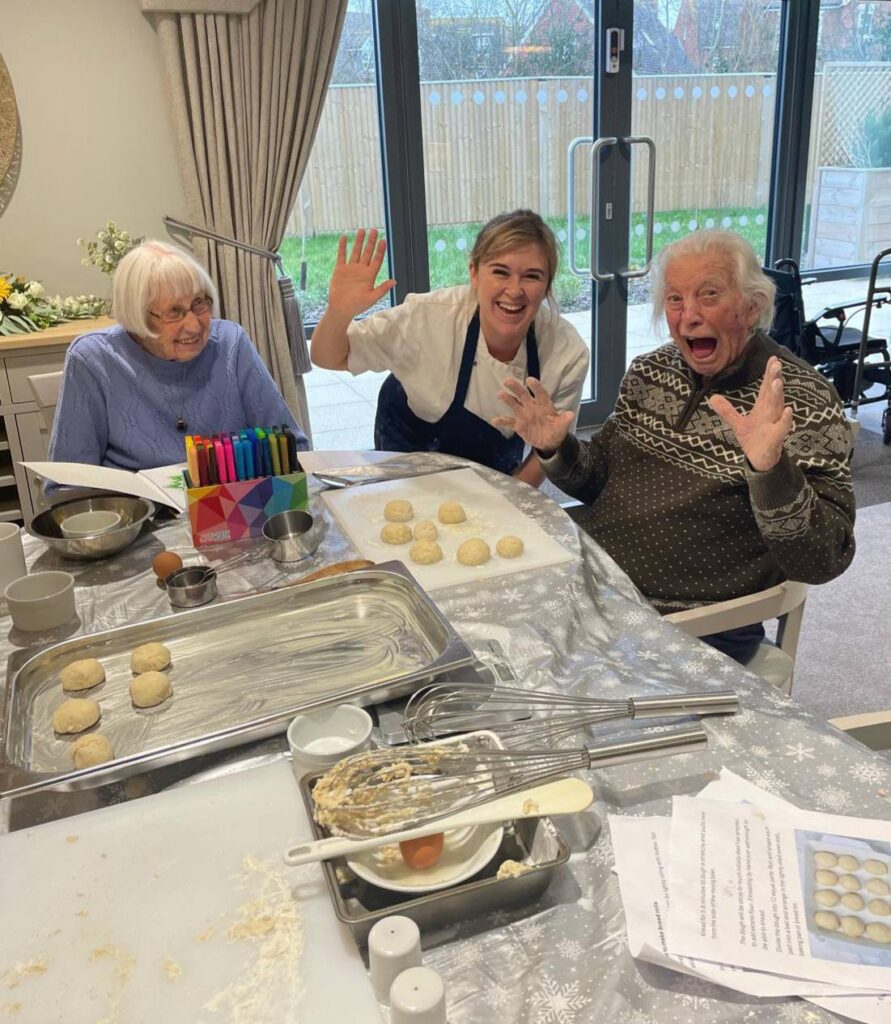
How We Use Digital Care Plans to Support Residents at Caraway House Care Home
At Caraway House Care Home, everything we do is guided by the belief that residents deserve care that feels personal, dignified, and empowering. We are proud to offer residential care, dementia care, nursing care, palliative care, and short-term respite stays in a warm and welcoming setting, where every individual is treated with kindness and respect.
Using Nourish from the start has allowed us to provide care that is not only responsive and person-centred but also clearly documented, easy to monitor, and safe. All care plans, daily care notes, medication records and health observations are securely recorded on the system, which our care staff can update in real time. Whether they are supporting a resident with personal care, assisting at mealtimes or helping someone settle for the evening, carers can record all the information they need straight away.
Having access to all the information in one place helps us to focus on what really matters: spending time with residents, getting to know them, and tailoring our care to reflect their unique needs and preferences. It also supports our relationships with families, who can enjoy peace of mind that their loved ones are being looked after with compassion and that their needs are at the forefront around the clock.
At Caraway House, digital care plans aren’t just about efficiency—they’re part of our everyday commitment to helping each resident live as well and comfortably as possible. To find out more about how we use Nourish to enhance the services we provide to residents or to see our luxury care home in Selsey for yourself, get in touch! We would love to welcome you to Caraway House.
